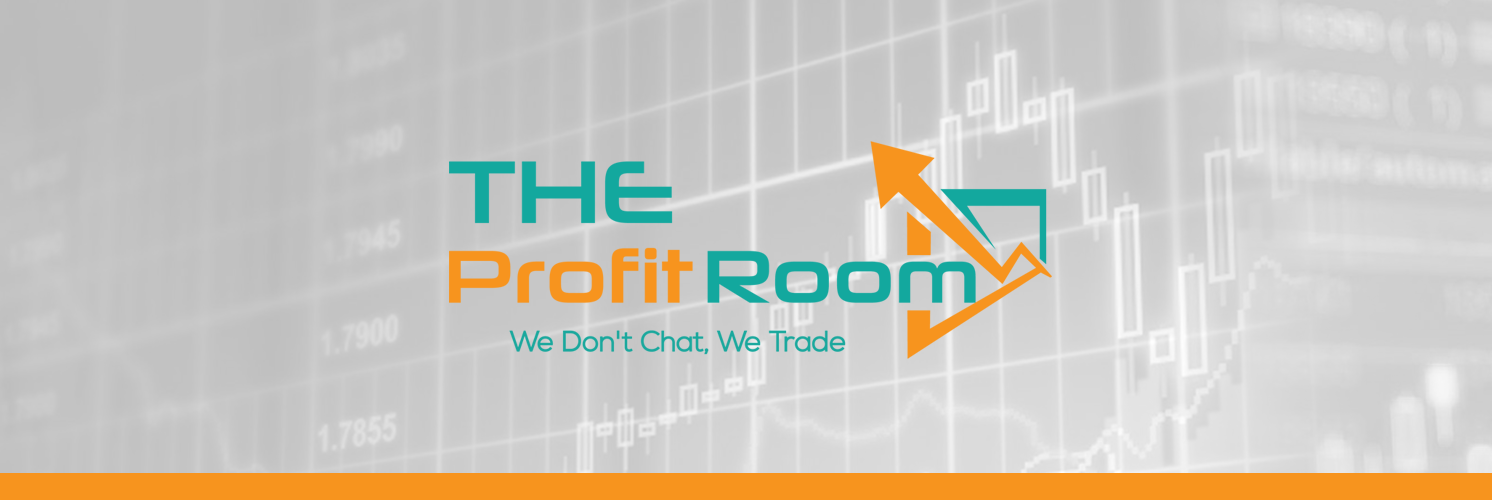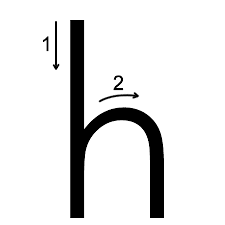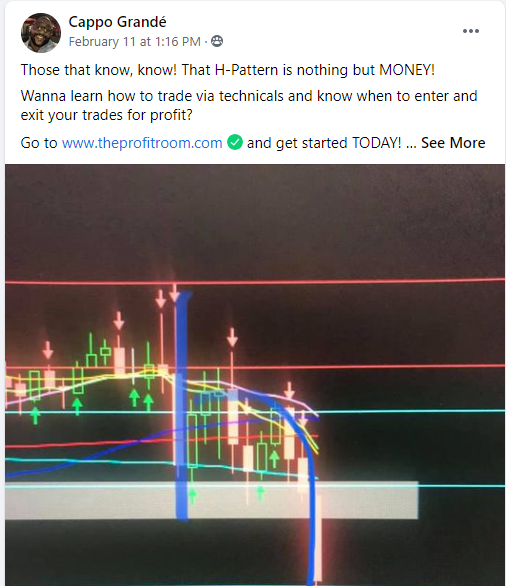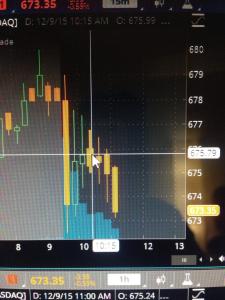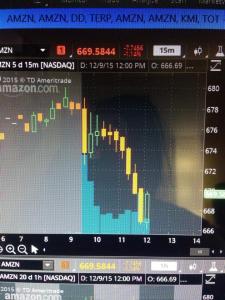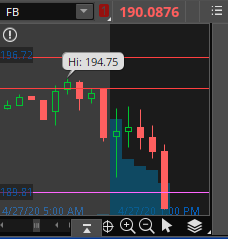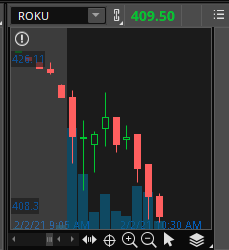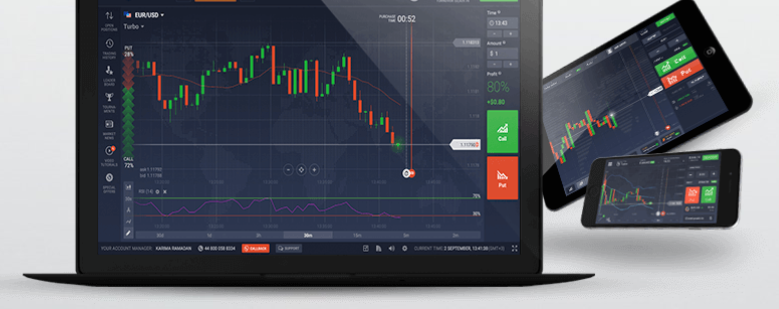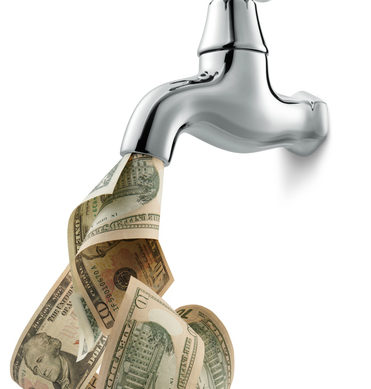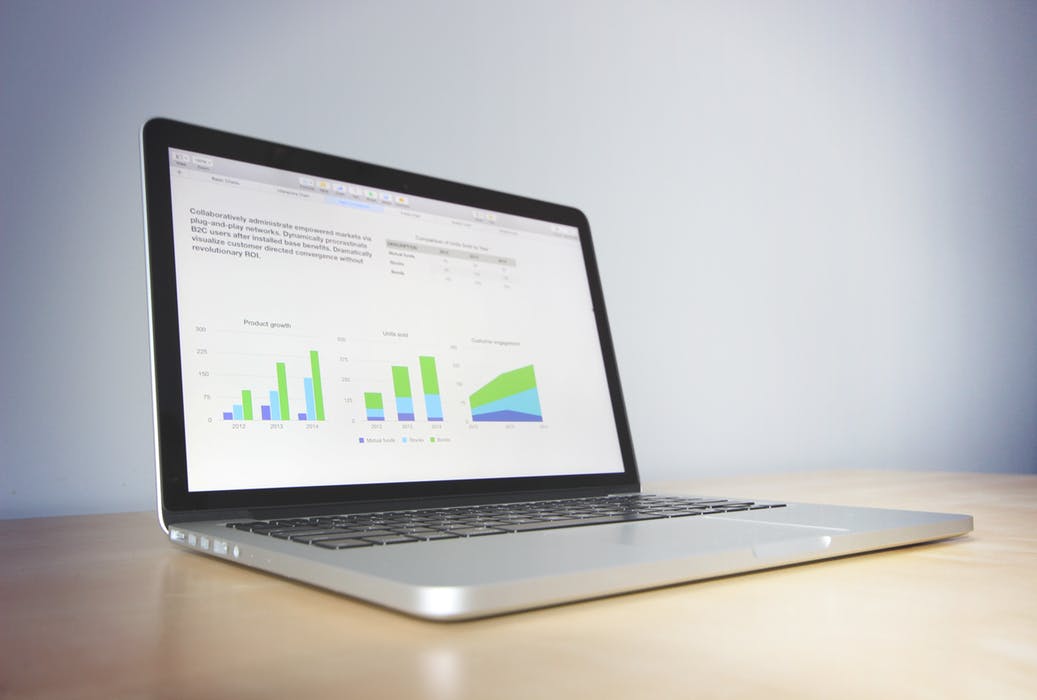Capital Management is one of pillars of any prudent market(s) participant, market(s) “market” herein.
While Capital Management has many, many aspects to it, cash itself is literally the foundation (base) of the “Capital
Management pillar.” While many simply say “Cash is King,” we seek to understand cash more deeply than merely
expressing “Cash is King.” By understanding cash deeper, we see what cash really is: an unleveraged option position,
.i.e, a currency position that fiscal options for all market conditions and as such prepares one for wherever “Boss
Market” randomly “decide(s)” to go, viz.: down, up, or sideways . . . thus, one’s cash position has one prepared to seize
“Boss Market” as “Boss Market” dictates!
As such, and as perennial students of the market, we need to focus on listening to the market itself with as little
distraction(s) as possible in order to fruitfully participate in the market; having one less distraction is simply one more
advantage. This one more advantage is knowing that we are lending our cash to a worthy borrower for safe keeping.
As market conditions have transpired, a current opportunity that has been on hiatus for the past thirteen years has just
come out of hibernation that we might deem fit to fiscally. Why, What, and How?
In 2008 the mortgage-backed security debacle imploded all markets and fear plummeted all assets: Bonds,
Equities, Commodities, Real Estate, Precious Metals . . . yes, even Real Estate and Gold! So what was the result?
“Everyone” went to currency and the world currency of choice was the U.S. Dollar. Sellers of all of the above assets
were consequently buyers of U.S. Dollars and needed to place their U.S. Dollars somewhere other than under
mattresses. The fear at the time was so great that even the bank deposits were in question, so much so that the FDIC
deemed it necessary to raise account insurance coverage by 150% from $100K to $250K to alleviate depositor fears.
However, many were still discontent with the banking option, especially those who had assets in excess of FDIC
coverage and, as a matter of fact, what implicit ignorance depositors must suffer with the bank(s); to whom do they lend and for what? As such, the most prudent investors were wondering where was a more transparent place to lend their cash? As a potential answer, prudent investors gave consideration to Money Markets. However, they too were
deemed vulnerable as some came very close to “breaking the buck;” meaning their potential inability to maintain one
Share equaling One Dollar. It was the most fearful time in global financial history in the new millennia. Thus, the rush to Money Market funds that held only U.S. Treasuries were understood by investors/lenders as a simple, clear, and safest place for cash lending: the Treasury Department of the United States of America, a department of the United States Government of America depicted premier on the back of the U.S. Federal Reserve $10 Note, even more prominent to The White House ($20 Federal Reserve Note) and the U.S. Capital ($50 Federal Reserve Note)! Problem solved? Unfortunately, it was an unfulfillable solution during the time of fiscal crisis.
The U.S. Treasury Money Market funds were so inundated with cash inflows that the funds raised their
minimums to $50K to new investors, and even as the cash flows continued into the fund, many U.S. Treasury Money
Market funds simply closed their fund to all new investors just like the Vanguard Treasury Money Market Fund (VUSXX)
of the Vanguard Group, which was founded by, unappreciated and nemesis of Wall Street, the kind and late John J.
“Jack” Bogle, on May 1, 1975, as a nonprofit owned by the Vanguard Group shareholders which today has trillions of
dollars assets under management [AUM] and counting: as of January 31, 2020, AUM $6.2 trillion. With the latest AUM
figures to be published January 31, 2021. In the world, the Vanguard Group is second only to Black Rock.
Currently there is some very good news. Thus, after being closed to new investors for the past 13 year, the
Vanguard Treasury Money Market Fund (VUSXX), has recently reopened itself to new investors so they can efficiently
lend to the U.S. Treasury, and the icing on the cake is that the initial minimum, which does not need to be maintained,
has been significantly reduced from $50K to $3K — thus, strongly suggest, never to close once opened. While the
returns are free from all state taxes, they are low and were over 2% prior to the pandemic. When rates rise so will returns. The Profit Room is very fiscally serious and please feel free to share this financial education/literacy blog with any financial professional you deem worthy for their scrutiny and feedback. Thank you.
We hope you have found this fiscally informative, and with your good due diligence, perhaps you might also find
the Vanguard Treasury Money Market Fund (VUSXX) of the Vanguard Group as a good fit for your distraction free cash
position to facilitate your fiscal preparedness for any future market(s) opportunities you might deem worthwhile.
Meanwhile, both accounts to be prudently considered: Individual and IRA. Thus, a good lock and load cash position for
both types of accounts?
With all due respect to Janet Yellen, prior to the Pandemic Crisis, the former U.S. Federal Reserve Chairwomen
and Janet Yellen, U.S. Treasury Secretary, expressed that it was unlikely the U.S./global economy would
ever suffer another financial crisis like 2008 in our lifetime. Thus, do what you can, with what you have, when you can,
would seem to be a reasonable response to an only good times ahead prognosis.
Likewise, please also consider the following proactive notification: as of now, Fidelity has recently closed it’s
U.S. Treasury only Money Market Fund (FDLXX) to new investors.
